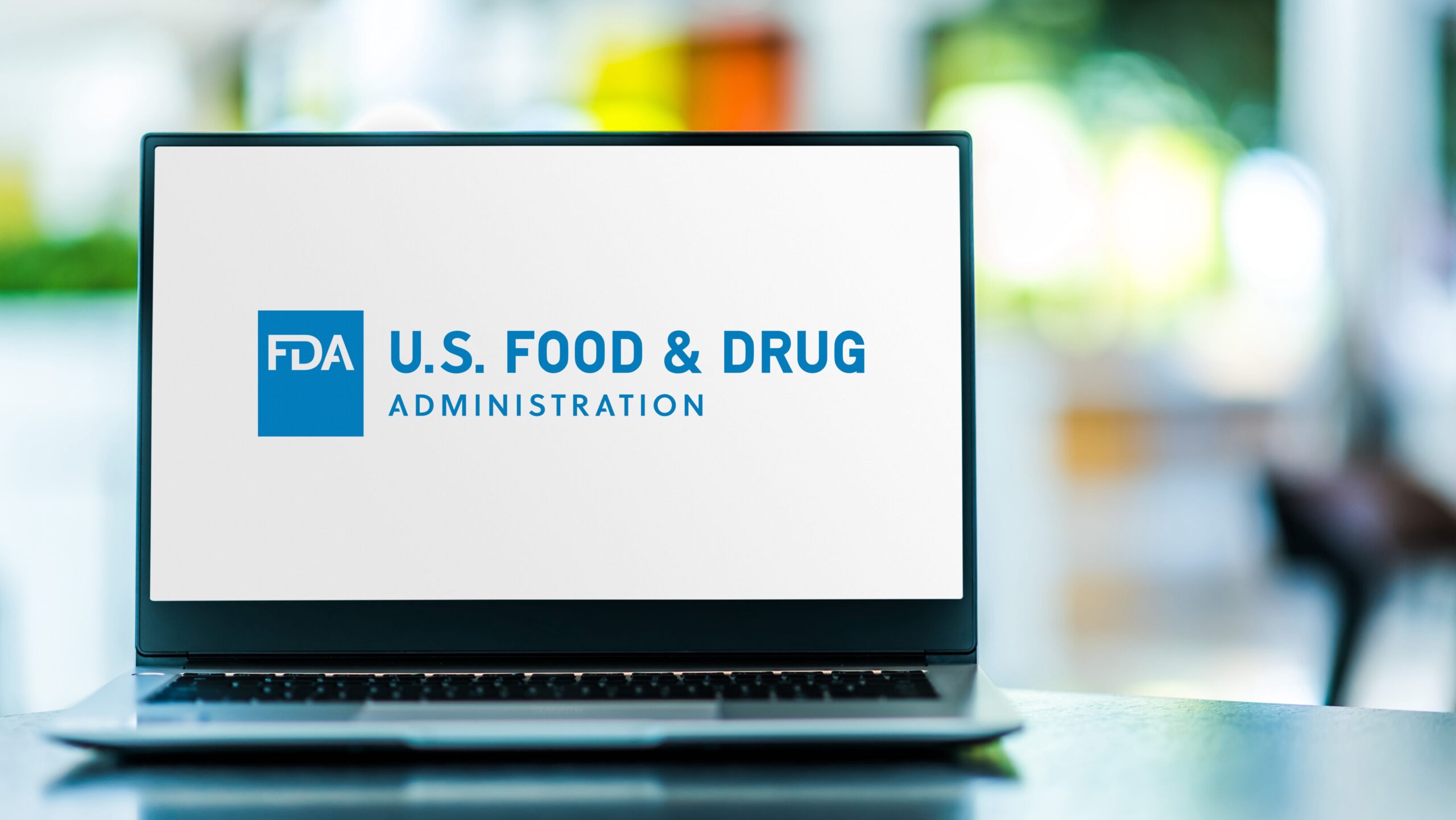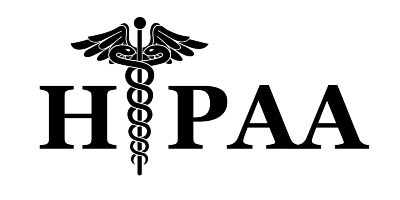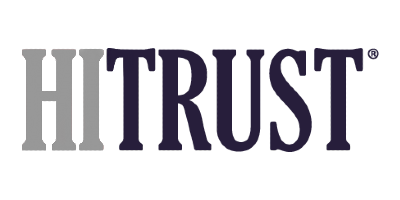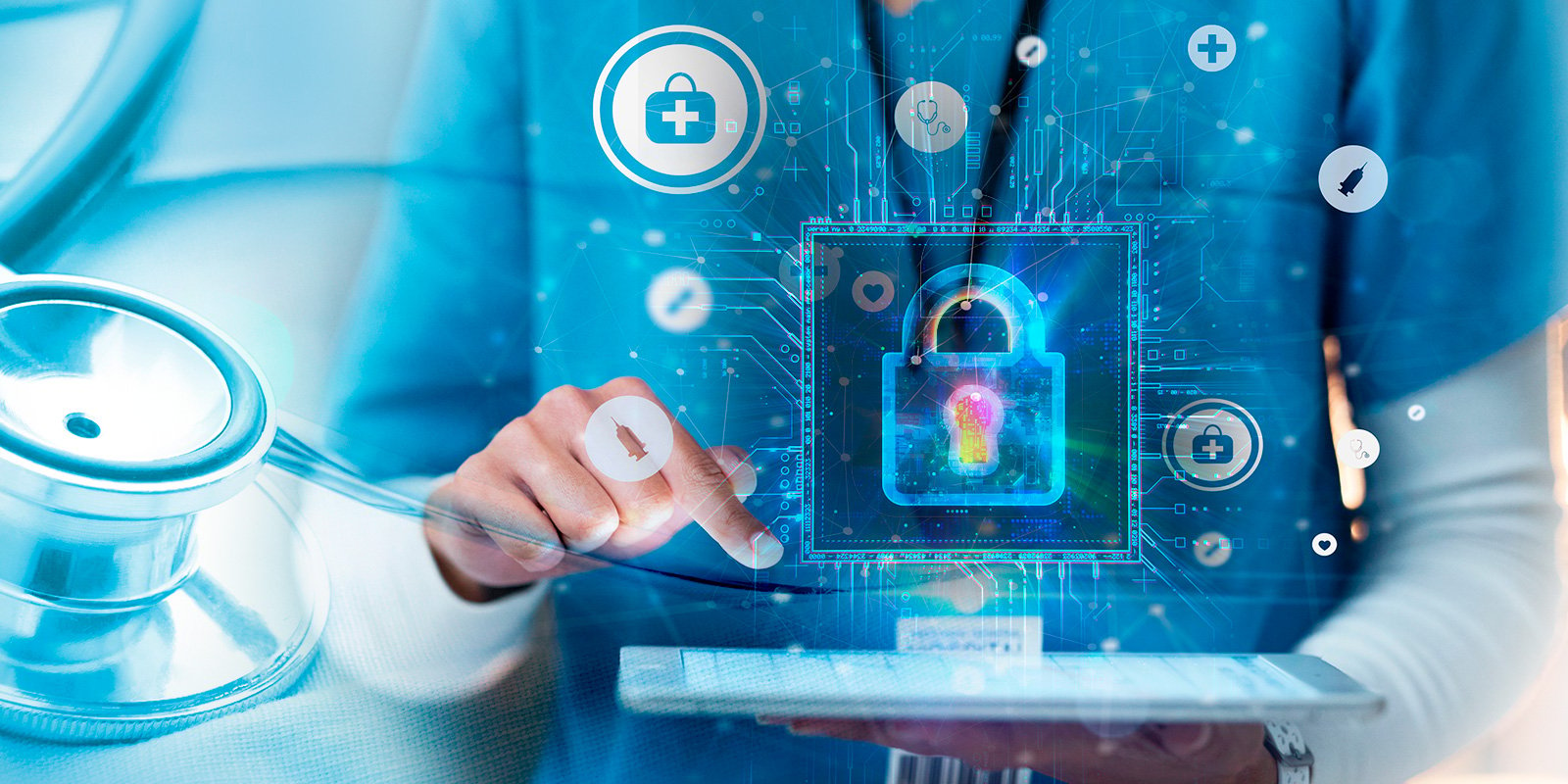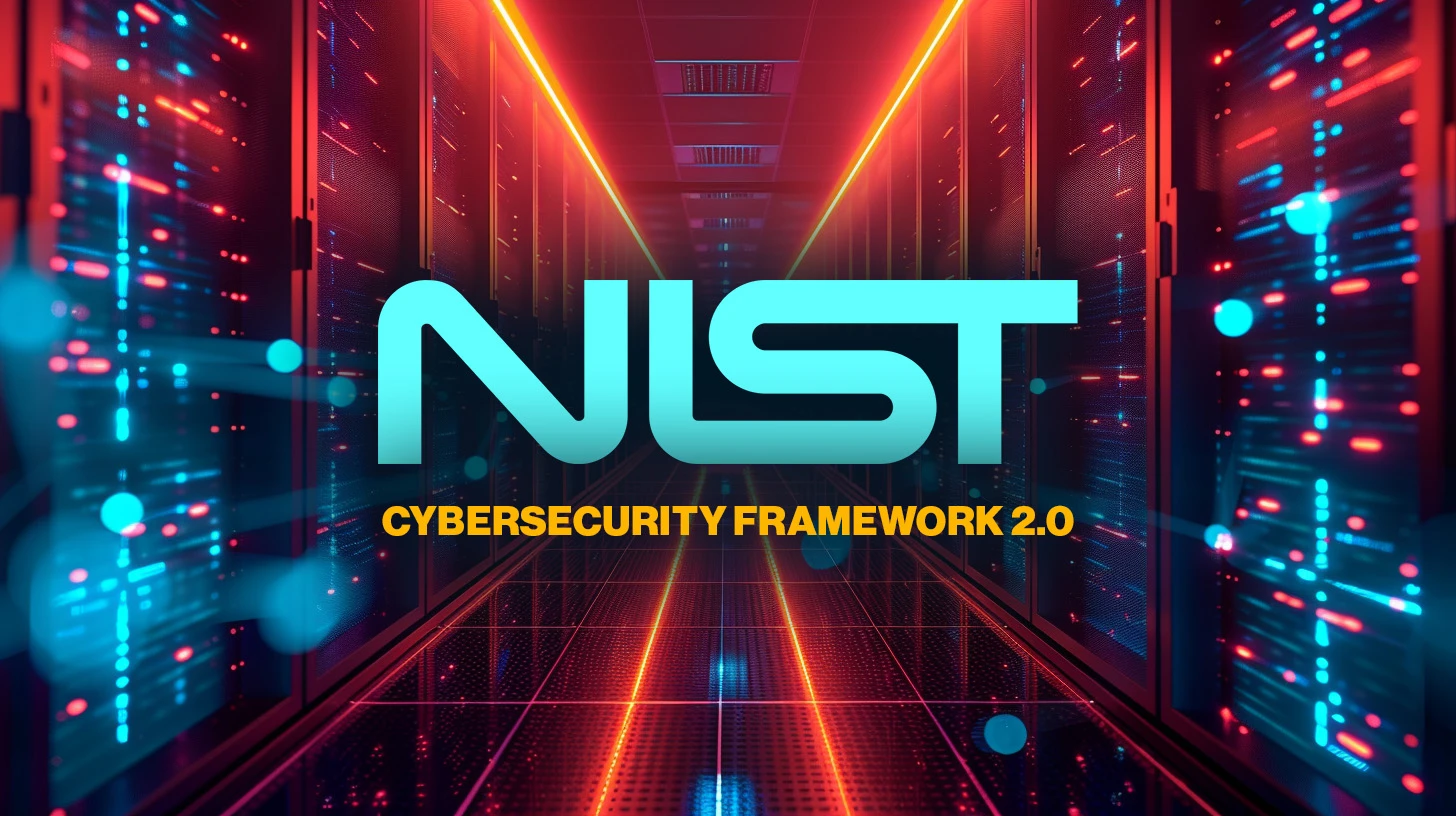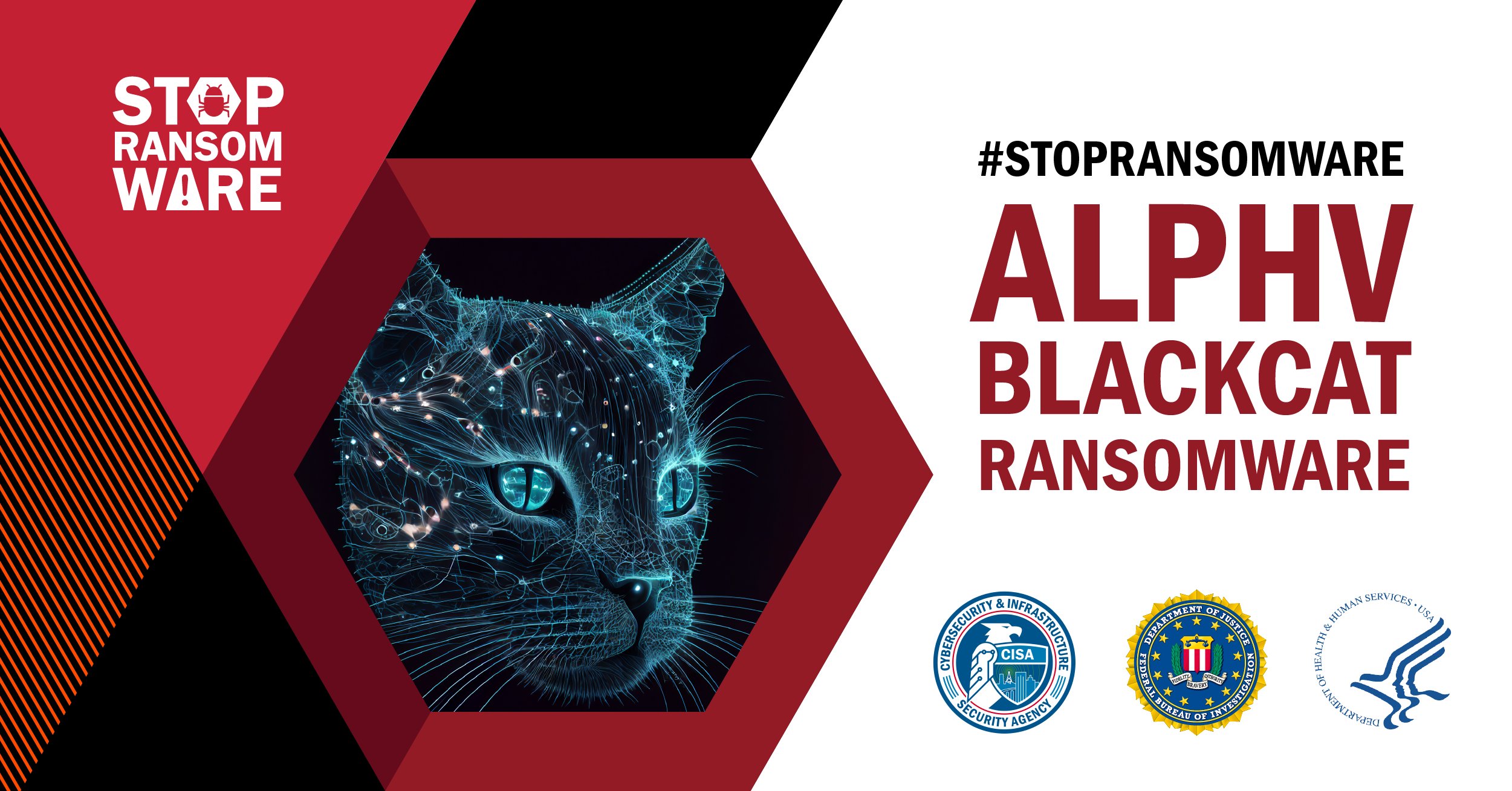Cybersecurity in the healthcare industry is more critical than ever. As medical devices become increasingly interconnected and reliant on digital technologies, the need for robust cybersecurity practices is paramount. To help manufacturers and stakeholders navigate this complex landscape, the U.S. Food and Drug Administration (FDA) has provided a comprehensive guidance document on medical device cybersecurity.
In this blog post, we’ll outline what we believe to be the top 10 takeaways from the FDA’s latest guidance for Cybersecurity in Medical Devices: Quality System Considerations and Content of Premarket Submissions (September 2023), offering insights into best practices and critical considerations for securing medical devices and ensuring patient safety.
1. Safeguarding Patient Data:
The FDA emphasizes the importance of maintaining the confidentiality, integrity, and availability of patient health information (PHI) in accordance with relevant laws such as HIPAA.
2. Digital Forensics:
The guidance recognizes the significance of digital forensics, defining it as the application of scientific methods to collect, examine, and analyze data while preserving data integrity and chain of custody.
3. HCIC TF Recommendations:
Manufacturers should take note of Recommendation 2.2 from the Health Care Industry and Cybersecurity Task Force (HCIC TF) Report, which offers valuable insights into improving cybersecurity in the healthcare industry.
4. Denial of Service (DoS) Mitigation:
The guidance defines and acknowledges the threat of DoS attacks and underscores the need for effective mitigation strategies.
5. Identity Management:
Effective identity management processes are crucial for the authentication and authorization of users accessing medical devices and assets.
6. Benefit-Risk Determinations:
Benefit-risk determinations for medical devices require careful consideration, as highlighted in the guidance.
7. Cybersecurity Incident Handling:
A clear definition and approach for handling cybersecurity incidents are provided, ensuring that manufacturers are well-prepared for potential threats.
8. System Operation Security:
System operation, an integral part of medical device security, is defined according to ANSI/ISA 62443-1-1:2018.
9. Time Stamping Services:
Understanding timestamping services, as defined in the guidance, is essential for maintaining data integrity and authenticity.
10. Software Component Transparency:
The guidance underscores the significance of software component transparency, which aligns with the emerging practice of using a Common Software Bill of Materials (SBOM).
In an era where healthcare is increasingly reliant on technology, ensuring the security of medical devices is non-negotiable. The FDA’s comprehensive guidance on medical device cybersecurity provides manufacturers and stakeholders with essential insights and recommendations to safeguard patient data, mitigate risks, and maintain the integrity of healthcare systems. By adhering to these top 10 takeaways, the healthcare industry can make significant strides in enhancing the cybersecurity of medical devices, ultimately improving patient safety and data protection.
Take Action for a Secure Future:
At Health Tech Defenders, we understand the unique challenges faced by medical device manufacturers in today’s complex digital landscape. Our team of cybersecurity experts are dedicated to helping you strengthen the security of your devices and protecting the well-being of patients. If you’re looking for cybersecurity consulting and support, contact us today to embark on the path to a more secure healthcare future.
Your commitment to cybersecurity is not only an investment in your organization’s reputation but, more importantly, it’s an assurance of patient safety. Together, we can create a healthcare environment that is resilient to cyber threats and focused on delivering the highest standard of care. Contact us now to get started on your journey towards a more secure and protected healthcare ecosystem.

